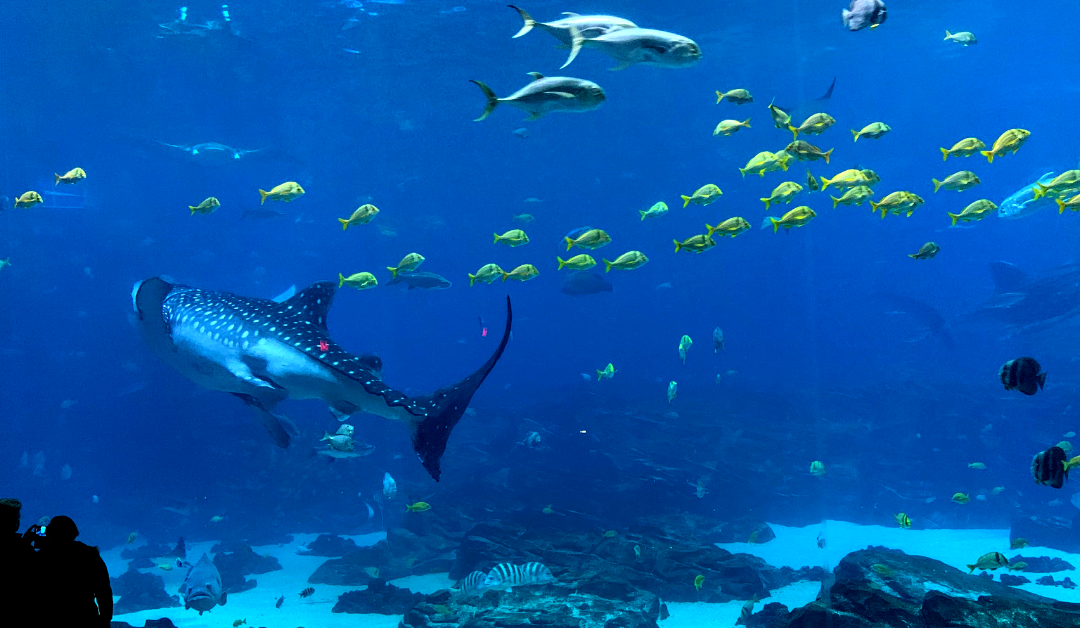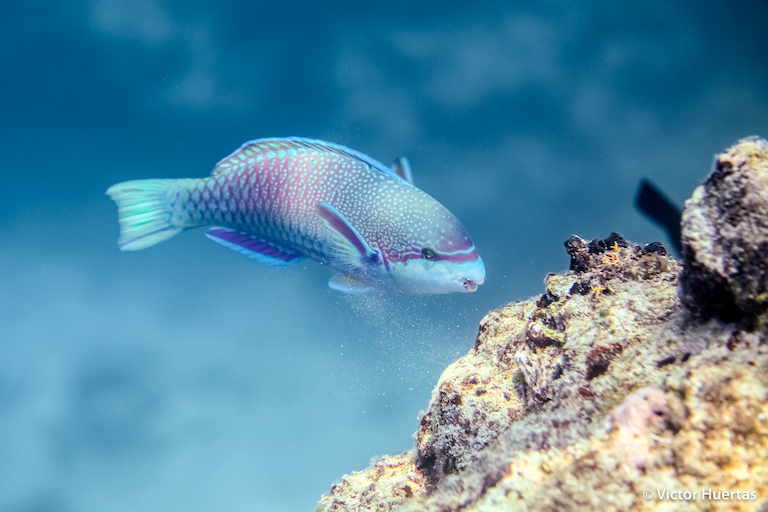Calcification rates on coral reefs can reach up to 12 kg (26.5 lbs) CaCO 3 /m 2 /year for high energy reef areas with almost total coral cover (Kinsey, 1985). Estimations for closed systems have ranged from 0.5 to 6.5 kg (1.1 to 14.3 lbs) of CaCO 3 /m 2 /year (Carlson, 1999).
Aquaculture of coral – Wikipedia
Question Transcribed Image Text: stion 3 of 16 The weight gain of corals in aquariums where the water temperature is controlled at different levels. Identify the explanatory variable and response variable for this relationship, if possible. O Explanatory variable: aquariums; Response variable: weight gain of corals.

Source Image: mrfishkeeper.com
Download Image
ryan115. New member. Nov 6, 2008. #3. the volume increase would be due to water. Therefore there would be no “weight gain” while still submerged. With larger surface area it would be more likely to get pushed around by the current from the powerheads. B.

Source Image: dansa.org
Download Image
4H433/4H433: 4-H Marine Aquarium Project Book: Youth Project Guide to Starting and Maintaining a Saltwater Aquarium System Jan 26, 2023Size-weight relationships have been well described by power functions in corals previously 23,24, where coral weight (in the current case defined as ‘W’, g) is equal to a constant scaling

Source Image: tanninaquatics.com
Download Image
The Weight Gain Of Corals In Aquariums
Jan 26, 2023Size-weight relationships have been well described by power functions in corals previously 23,24, where coral weight (in the current case defined as ‘W’, g) is equal to a constant scaling Fiftyseven species of hermatypic corals have been maintained and grown in high-nutrient seawater at the Waikiki Aquarium, Honolulu, Hawaii. In this study we document the chemical conditions of aquarium water in terms of dissolved nutrients and carbon. Aquarium water is characterized by concentrations of inorganic nutrients that are high relative to most natural reef ecosystems: SiO3 ∼200
The Tint – Tannin Aquatics
Mar 16, 2023Availability of food in the aquarium water – corals need the right amount of food to successfully feed heterotrophically. A lack of food or a low concentration of food in the water can limit the corals’ ability to feed. Type and amount of food – corals prefer to eat plankton and detritus, but can also eat larger food particles such as Aquarium Answers, Pond | Fish Question and Help Articles: PUR, PAS, PAR in Aquarium Reef/Planted Lighting; LED Wavelengths

Source Image: aquarium-pond-answers.com
Download Image
Spinecheek Anemonefishes ~ MarineBio Conservation Society Mar 16, 2023Availability of food in the aquarium water – corals need the right amount of food to successfully feed heterotrophically. A lack of food or a low concentration of food in the water can limit the corals’ ability to feed. Type and amount of food – corals prefer to eat plankton and detritus, but can also eat larger food particles such as

Source Image: marinebio.org
Download Image
Aquaculture of coral – Wikipedia Calcification rates on coral reefs can reach up to 12 kg (26.5 lbs) CaCO 3 /m 2 /year for high energy reef areas with almost total coral cover (Kinsey, 1985). Estimations for closed systems have ranged from 0.5 to 6.5 kg (1.1 to 14.3 lbs) of CaCO 3 /m 2 /year (Carlson, 1999).

Source Image: en.wikipedia.org
Download Image
4H433/4H433: 4-H Marine Aquarium Project Book: Youth Project Guide to Starting and Maintaining a Saltwater Aquarium System ryan115. New member. Nov 6, 2008. #3. the volume increase would be due to water. Therefore there would be no “weight gain” while still submerged. With larger surface area it would be more likely to get pushed around by the current from the powerheads. B.

Source Image: edis.ifas.ufl.edu
Download Image
Swim with whale sharks and other tips for your visit to the Georgia Aquarium – Postcard Jar Blog Fortuitously, corals have been cultivated for decades for both research purposes and the aquarium trade 3,4,5,6,7, and recent projects have sought to rear corals for later restoration and out

Source Image: postcardjar.com
Download Image
Live rock… Is it really worth it? – Blog | Finest Aquatics Jan 26, 2023Size-weight relationships have been well described by power functions in corals previously 23,24, where coral weight (in the current case defined as ‘W’, g) is equal to a constant scaling

Source Image: finestaquatics.co.uk
Download Image
Coral Loss Can Lead To Bigger Fish Size, But The Results Are Short-Lived | Reef Builders | The Reef and Saltwater Aquarium Blog Fiftyseven species of hermatypic corals have been maintained and grown in high-nutrient seawater at the Waikiki Aquarium, Honolulu, Hawaii. In this study we document the chemical conditions of aquarium water in terms of dissolved nutrients and carbon. Aquarium water is characterized by concentrations of inorganic nutrients that are high relative to most natural reef ecosystems: SiO3 ∼200

Source Image: reefbuilders.com
Download Image
Spinecheek Anemonefishes ~ MarineBio Conservation Society
Coral Loss Can Lead To Bigger Fish Size, But The Results Are Short-Lived | Reef Builders | The Reef and Saltwater Aquarium Blog Question Transcribed Image Text: stion 3 of 16 The weight gain of corals in aquariums where the water temperature is controlled at different levels. Identify the explanatory variable and response variable for this relationship, if possible. O Explanatory variable: aquariums; Response variable: weight gain of corals.
4H433/4H433: 4-H Marine Aquarium Project Book: Youth Project Guide to Starting and Maintaining a Saltwater Aquarium System Live rock… Is it really worth it? – Blog | Finest Aquatics Fortuitously, corals have been cultivated for decades for both research purposes and the aquarium trade 3,4,5,6,7, and recent projects have sought to rear corals for later restoration and out